Understanding Command Centers and Where They are Needed
When most people think of a command center, they probably think of something like the conference room used to communicate with Neil Armstrong and...
5 min read
Craftsmen Industries Jun 30, 2023 10:23:00 AM
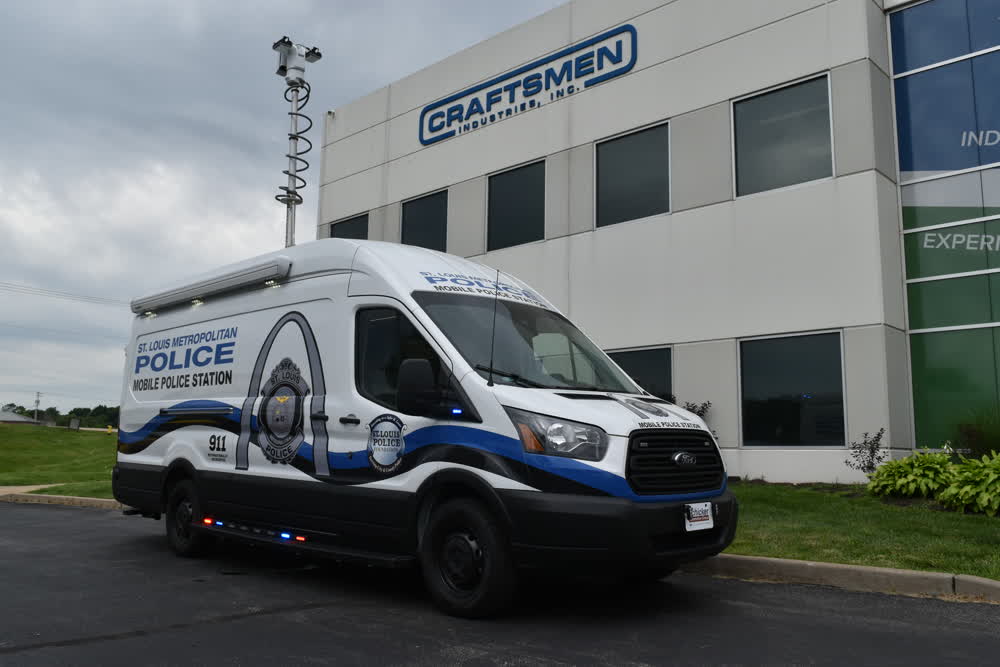
MCCs have a variety of use cases that help different agencies in many ways. They are vehicles that primarily help with managing and coordinating emergency situations. Mobile command centers features for crisis management are adapted in a way that allows for easy access and setting up a centralized directive for streamlined coordination.
These vehicles are equipped with technology to support the operational needs specific to the tasks carried out by the organizations. They have enough capacity to generate power to function independently and to operate in remote locations.
Additionally, they have specialized equipment depending on the field where they are employed. This can include satellite communication systems, medical equipment, fire management tools, and others.
This article will discuss the roles of MCCs in various fields and what features are required for executing specific tasks.
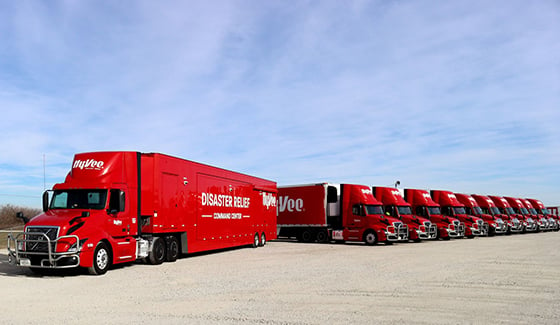
The relative ease of deployment of MCCs to the desired locations makes them a vital part of certain fields and industries. Their design is focused on mobility and functionality so they can be quickly transported to the scene of the action.
Custom Mobile Command Centers are not limited to just emergency situations and hazards. They are useful for streamlining operations for events like concerts, sporting events, and festivals. Major projects in construction and transportation infrastructure also require a centralized command.
In crisis management, they are equipped with communication and surveillance systems, as these situations require coordination and impeccable execution. In addition to their primary function as command units, MCCs can also serve as meeting offices, wardrobes, and sleeping quarters for response teams.
Here are some of the features of various crisis management MCCs:
Natural disasters like floods and earthquakes require a swift and coordinated response in order to minimize the number of victims. It’s key for the response team to be synchronized, and for that they need to receive centralized command.
A well-equipped mobile command center will allow for effective monitoring, seamless communication between teams, and careful data management. This is why a crisis response MCC needs to possess suitable equipment for the task at hand.
The basic mobile command centers features for crisis management in a natural disaster include communication systems, data management software, first aid kits, and monitoring equipment. Depending on the nature of the disaster, there can be some additional features to complement the response.
Below are some of the additional features and equipment tailored to the type of natural disaster.
The difficulty with floods is that they can occur suddenly, and they represent an immediate threat to human lives and vital infrastructure like hospitals.
Floods require water-resistant vehicles with rescue equipment, emergency lighting, and temporary shelter capacity. Some MCCs specialized in natural disaster responses have an elevated design to be able to access flooded areas.
In flood events, MCCs should be equipped with the following equipment:
Forest fires represent a unique challenge due to their rapid progression and unpredictable nature. They can cover large areas, cause insurmountable environmental damage, and take human lives.
Combatting fire requires implementing deep strategies based on previous experiences, which often include tackling the flames from multiple sides. This is the reason why battling a fire requires extraordinary coordination and synchronization between teams. MCCs play a vital part in that segment as they provide the mapping and communication equipment that is crucial to handling wildfires.
The mobile command center for response to fire disasters needs to primarily be capable of handling rough terrain and elevation. It should also be relatively heat resistant as it may be required to be near a hotspot.
An MCC can be equipped to perform an investigation on the fire’s origins for future legal proceedings.
The specific equipment for fire events includes:
Depending on their intensity, earthquakes can cause a lot of injuries and death. There’s no prevention and ways to predict them, so the only thing that remains is to be prepared for a prompt response.
Earthquake response MCCs play a vital role in conducting analytics, search missions, and coordinating efforts. They need to be equipped with medical and rescue tools, as well as provide psychological support to the survivors.
Earthquakes cause disruptions in road infrastructure, creating accessibility challenges for the response teams.
Aftershocks are common after strong earthquakes, and they can be devastating as well. Additionally, there are secondary threats that come as a result of earthquakes, like landslides and even tsunamis. An MCC for earthquake response has to be equipped to handle all of these challenges.
Here are what features make mobile command centers essential for crisis management in earthquake events:
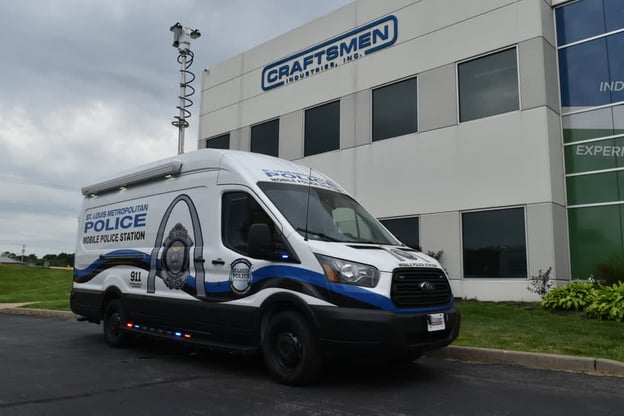
Urban crisis response can be different from natural disasters. They are usually human-made and involve more complex factors. Crimes, fires, chemical hazards, and terrorist attacks are just a number of potential causes for conducting an emergency response.
Many crimes require an emergency response from the police or law enforcement agencies. The response should primarily be with the aim of ensuring the immediate safety of individuals. After that comes the apprehension of suspects and the preservation of evidence at the crime scene.
Crime crisis situations demand a quick and highly organized response. Mobile command centers features for crisis management need to empower the vehicles for an effective response in the following situations:
Reacting quickly is crucial to ensuring the safety of individuals and the apprehension of the suspects. The complexity of these situations requires a synchronized and well-coordinated effort which isn’t possible without a centralized command.
Apart from the basic features, the MCC for a crime response needs to be equipped with most of the following things:
Fires in urban areas are a common challenge for response teams of fire departments. A fire intervention requires other specialized teams, such as emergency medical response and urban search and rescue teams.
Fire interventions require quick assessment, and the primary worry is determining the fastest way to save the victims. Afterward, it’s about putting the fire under control and preventing further damage.
Rescuing people from fire demands fast and coordinated action from the rescue teams, and the MCC vehicle needs to provide the necessary support. The fire brigade usually carries the basic equipment, so the MCC is mostly used for supporting features related to command, monitoring, and urgent treatment.
Here is the equipment that may be of use to rescue teams in these situations:
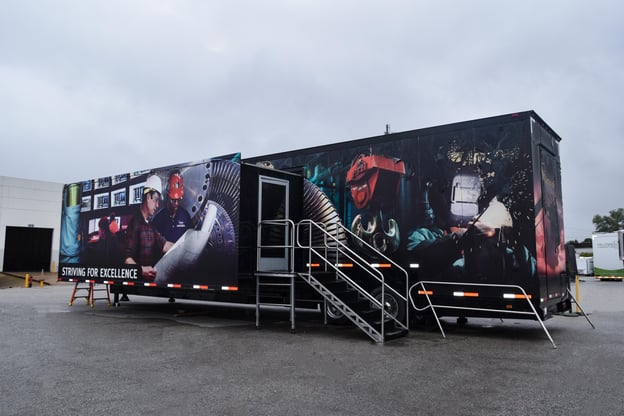
There are tactics and strategies to contain civil unrest in the form of riots. However, their implementation requires a synchronized effort by the response team. Oftentimes, the mob has to be directed toward a desired location, and the MCC vehicle will need to provide all the necessary support to the response team.
Timely de-escalation of riots can prevent the mob from causing damage and even hurting innocent people. This is why the mobile command center unit should be equipped with various non-lethal tools for quick and effective reactions.
Urban areas tend to have a more progressive industry, but it usually comes at the price of potential chemical disasters. Contamination is just one of the issues that pose a health hazard, and containing it requires a more widespread effort. Hazardous chemical spills need to be cleaned, but before that, people need to be relocated to safety.
These events are often accompanied by fires or other secondary hazards. This may necessitate further equipping of the vehicle or calling other response teams for help.
Here are some of the features of the MCC for hazmat incidents:
Features of MCCs should enable the vehicle to provide support in rescue missions and other urgencies. The basic features are related to effective monitoring and assessment of the situation, but also receiving feedback and choosing the optimal approach.
MCCs for natural disasters are usually equipped to handle rough terrain, elevation, or create accessibility. Floods require water-sound vehicles equipped with pumps and other equipment for managing excess water.
Wildfire MCCs provide coordination and support for the response teams. MCCs equipped for earthquakes are usually focused on providing support for search and rescue missions for people caught under the rubble.
Mobile command centers features for crisis management in urban areas enable teams to respond to various crime situations, fires, and hazmat incidents. The vehicle needs to be equipped to cater to the specific demands of the task.
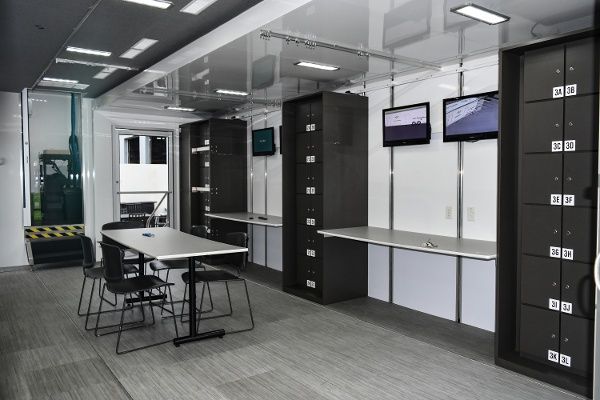
When most people think of a command center, they probably think of something like the conference room used to communicate with Neil Armstrong and...
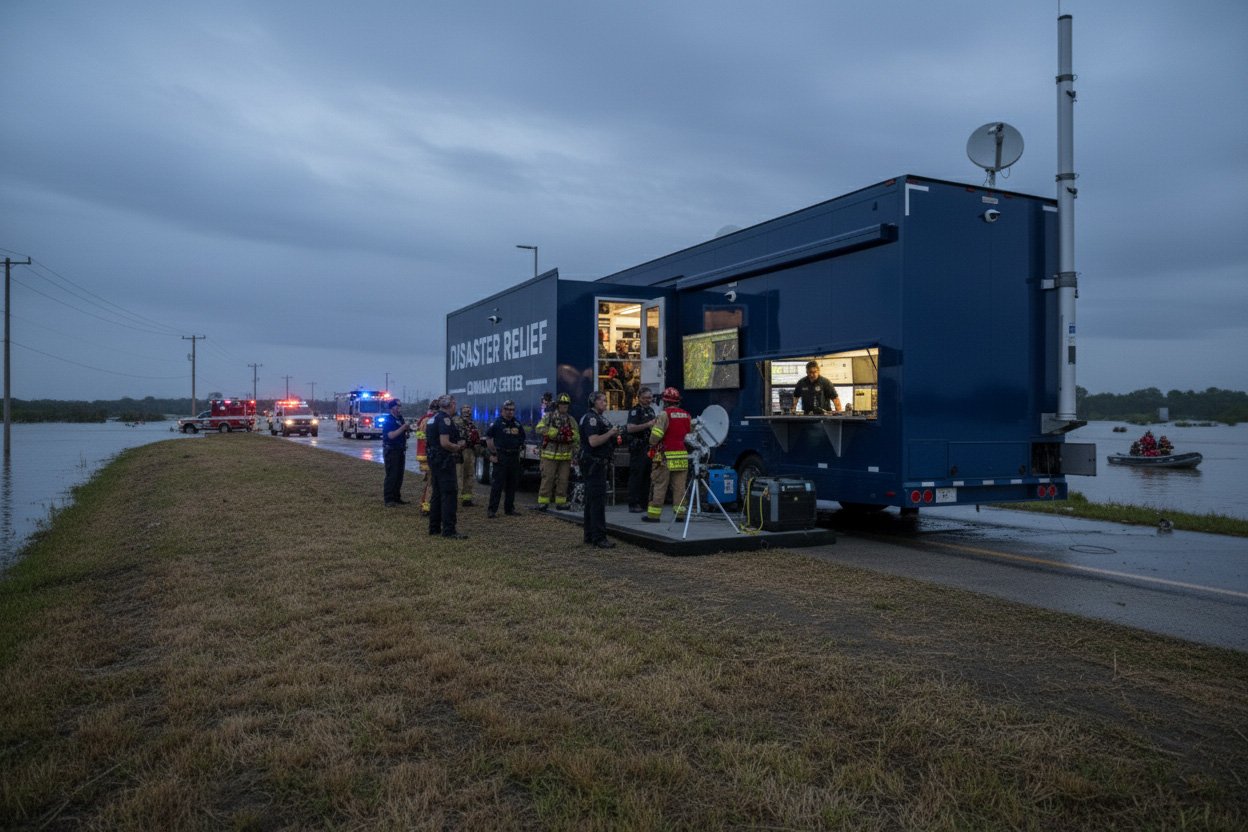
When natural disasters strike, chaos and disruption follow. Traditional communication networks collapse, mobility becomes restricted, and...
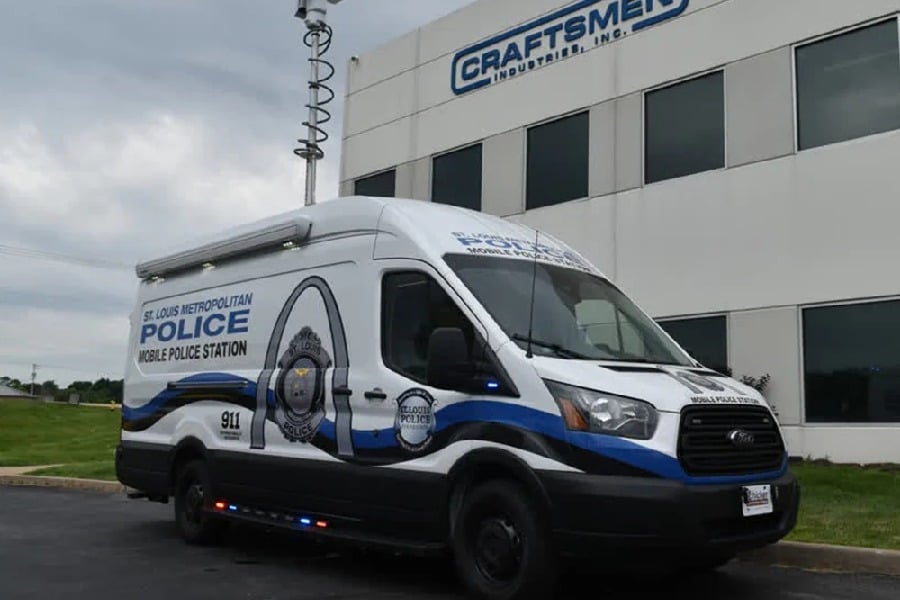
Mobile command vehicles should be prepared for quick response in various scenarios. However, the catch is that their advanced technology and...